Make your own kayaking first-aid kit, and learn how to use it
“Always carry a flask of whiskey in case of snakebite,
and furthermore always carry a small snake.”
W.C. Fields
A good first-aid kit perhaps falls into the same category as a rain jacket, an automobile spare tire, and an extra roll of TP—if you remember to bring them with you, you probably won’t need them. But if you forget them, you most assuredly will wish you had them.
Lacking most such items, you can typically adapt and improvise (ever tried dried oak leaves?). But an injury or illness in the backcountry, or even just a couple hours from professional medical care, can quickly turn south. Besides the added discomfort and stress of enduring an injury while in an unfamiliar, cold, and dirty environment, the prolonged deprivation of proper emergency treatment can soon cause a minor medical need to become something much worse.
In this respect, it might be said that wilderness travellers bear a burden of responsibility even greater than that of an urban EMT. If, for example, while cleaning your gutters at home, you fall off a ladder and break your arm, you can have trained emergency medical personnel on the scene within a few minutes. Their ambulance will be equipped with the latest first-response equipment and supplies to get you through the short ride to the hospital, where you can expect to receive even better medical care.
By contrast, if someone in your wilderness-paddling party climbs a tree to rig a bear bag, and falls and breaks his arm, the same injury is much more dire. In all likelihood, there are no EMTs nearby. Even if you can make a cell-phone or marine-radio call out, and accurately describe your location on an island or a remote shoreline, professional medical care could be hours away, followed by an equally long and rough boat ride to a dock, and finally an ambulance trip to a distant rural hospital.
Same injury, but orders of magnitude higher urgency.
Stepping Up
Clearly, such circumstances require that you serve as impromptu emergency medical technician, to quickly assume responsibility for the situation, stabilize the victim for what may be a several-hours-or-days wait for professional medical care, properly assess the nature of the injuries and begin field treatment, and form a plan to evacuate with minimal risk to him or others in your party. It’s entirely possible that, without the ability to call for outside help, a victim with a non-life-threatening injury may need to be competently patched up and prepared to paddle himself out of the boondocks, all under your watchful care.
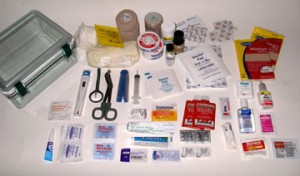
On that note, I cannot stress enough the importance of some degree of backcountry first-aid skills or knowledge of wilderness medicine. In addition to studying the many good books on the topic, I suggest any paddler heading onto wilder waters also enroll in some kind of first-aid training, whether a basic workplace CPR/AED class sponsored by your employer or paddling club, or a solid multi-day course covering everything from bee stings and sunburn to severe hypothermia and multiple compound fractured limbs. Even the most hardened wilderness search-and-rescuer or EMT will tell you that a first-aid kit is only as good as your skills to use its contents, so learn all you can.
The NOLS/Wilderness Medicine Institute “provide(s) the highest quality education and information for the recognition, treatment, and prevention of wilderness emergencies.” Use their website to learn more about wilderness first-aid and to find an upcoming class near you.
The Wilderness Medicine Institute’s Curriculum Updates “correct medical rumors or highlight current research, to keep you “in the know.”” Once you’ve taken your full first-aid course, these updates offer a means to stay abreast of changing treatment methods.
Sign up for “Fetch,” the newsletter of Superior Paddling!
Be the first to know about new or featured how-to articles, product reviews, and destination trip reports, plus other sea-kayak events, news, and more.
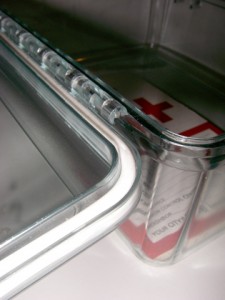 The First-Aid Kit
The First-Aid Kit
You can either purchase a commercially available paddler’s first-aid kit, purpose-made for kayaking and other outdoor adventuring, or build one yourself. I offer the contents of my current paddling first-aid kit below, as a reference should you decide to piece together your own.
The store-bought kits are as easy as swiping a credit card, or, with a bit of effort, one can easily make a comparable kit by purchasing quality medical supplies at a local drugstore and packing it all inside a durable waterproof case. The kit outlined below snugly fits in a 200-cubic-inch Lexan case with waterproof seals.
Regardless whether you opt to purchase a wilderness first-aid kit or build your own, over time, tapes and bandages can lose their adhesion, and ointments and creams can dry out and harden. So be sure to check its supplies annually and replenish as needed.
What follows below is my own paddling first-aid kit list as it stands today. Everything gets packed into well-marked, medium-sized, waterproof boxes and bags, with like materials packed together: bandages with gauze and surgical tape, ibuprofen and Dramamine with Imodium, and so on. Such a kit is suitable for a multi-day kayak-camping trip with up to perhaps six members. For larger groups, additional or larger kits should be added and carried by other members in your group, so that aid is never far from any given member of your party.
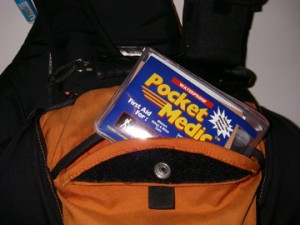
In addition to my main first-aid kit, which is secured in my dayhatch or cockpit for easy access, I also carry a compact first-aid kit in my PFD pocket or hydration pack bailout bag, containing basic items such as ibuprofen or other painkiller, simple waterproof bandages, Moleskin for blisters, etc.. This is intended to treat those more common but minor injuries which inevitably occur, and which can sometimes be treated without even leaving the water.
Just as in paddling and so many other things in life, prevention is often your best friend, so paddle safe!
First-Aid Kit Contents
Rev. 8
BANDAGES, WOUND CARE
- Latex gloves (6)
- Adhesive bandages (12, assorted sizes)
- 2 X 2-inch sterile gauze pads (6)
- 4 X 4-inch sterile gauze pads (6)
- 2-inch rolled gauze (1 roll)
- 4-inch rolled gauze (1 roll)
- Butterfly wound closure strips (12, assorted sizes)
- 3″x4″ Telfa non-stick pad with adhesive edges (3)
- Second-Skin Dressing Kit
- 2″x2″ Water Jel all-purpose burn dressing, sterile (3)
- Sanitary feminine napkins (3)
- Cotton swabs (12)
- Cotton balls (12)
- 1/2- and 1-inch adhesive surgical tape (1 roll each)
- Moleskin
- Molefoam
- 4-inch cohesive elastic wrap/bandage (1 roll)
- Safety pins (12, assorted sizes)
- Superglue (cyanoacrylate)
MEDICAL INSTRUMENTS
- Microshield CPR face shield
- SAM splint
- Finger splint
- Foil Blanket
- Digital thermometer
- Tweezers
- Magnifier
- Dental floss
- EMT shears
- Wire cutters
- Forceps
- Liquid soap
- Antiseptic cleansing wipes
- Iodine (1 oz)
- Sterile eyewash
- Pipette/Syringe, 30 mL
- Acetic acid 5% (vinegar)
- Isopropyl alcohol, vials or pads
- Hydrogen peroxide
- Sunscreen
- Tourniquet
- First Aid Reference Booklet
- Accident/SOAPA report, notepad, pencil & pen
MEDICATION
- Aspirin, 20 tablets
- Acetaminophen (Tylenol), 20 tablets
- Ibuprofen (Motrin), 20 tablets
- Diphenhydramine (Benadryl) 25 mg, 20 tablets
- Pseudoephedrine (Sudafed, Afrin) 30 mg, 20 tablets
- Dimenhydrinate (Dramamine) 50 mg, 20 tablets
- Loperamide HCl (Imodium A-D), 20 tablets
- Ranitidine hydrochloride (Zantac), 20 tablets
- Insect-sting relief (1 tube)
- Burn relief gel (1 tube)
- Bacitracin ointment (Neosporin) (1 tube)
- Hydrocortisone cream 1% (1 tube)
- Topical anesthetic ointment (1 tube)
COMPACT FIRST AID KIT (inside Bailout Bag, PFD, or hydration pack)
- Butterfly wound closure strips (2)
- Adhesive bandages (6, assorted sizes)
- 2 X 2-inch sterile gauze pads (2)
- 2-inch cohesive elastic wrap/bandage (1 roll)
- Insect-sting relief (1 pkt)
- Bacitracin ointment (Neosporin) (1 pkt)
- Antiseptic cleansing wipes
- Moleskin
- Ibuprofen (Motrin), 6 tablets
- Mini Tweezers
- Safety pins (2)
What do you think? Leave a question or comment below!

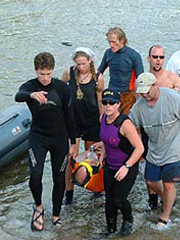

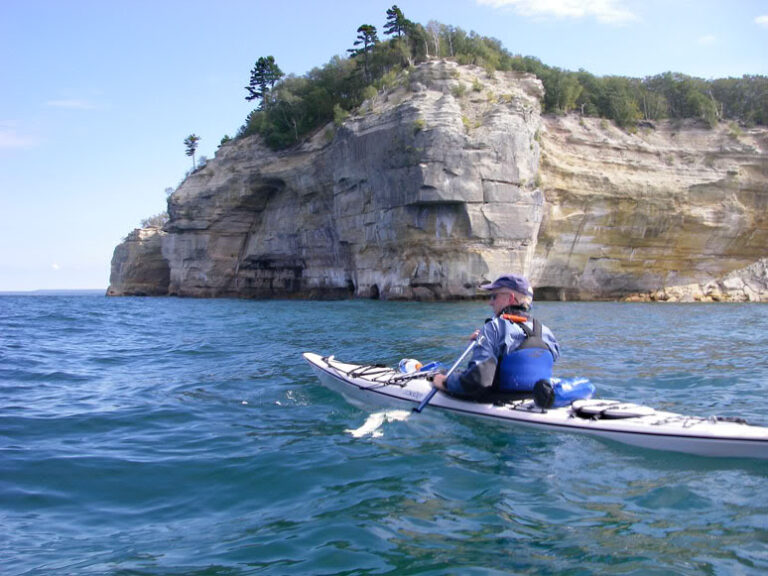
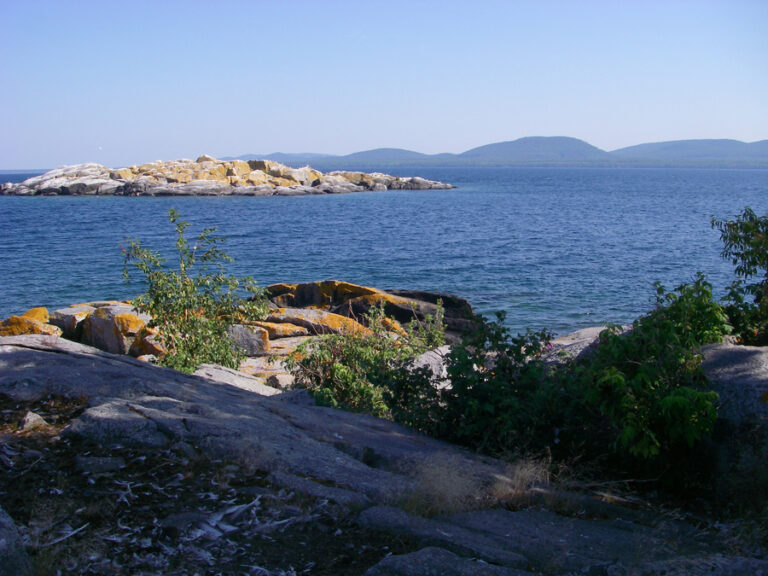

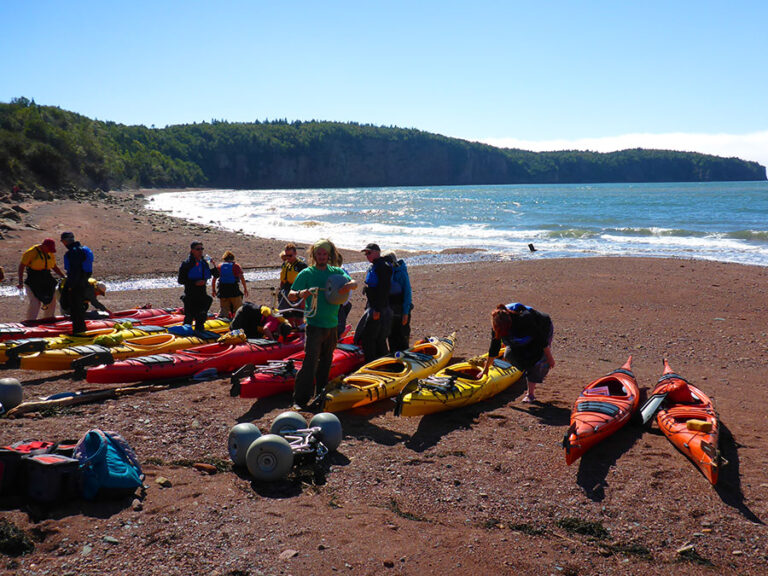
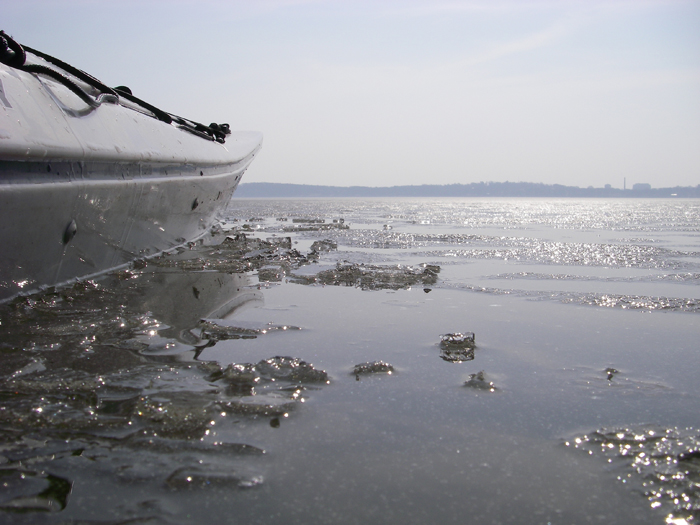

Its a good idea to take “Blood Stop”–it realy does work.
An old adage goes like this, “Don’t put anything on a wound that you wouldn’t put in your eye.”
Worth thinking about?
I would use Iodine for wounds over the greasy antibiotic creams. First wipe with alcohol pads.
Iodine antiseptic is usually in an alcohol carrier fluid.
In a pinch salt water is a good cleaner or just water or soap and water.
A bandage will stick better if you stay away from creams.
Uncover the wound ASAP and remove any torn skin from the site with a scissors
Wound closures are nice but tape will work especially transpore tapes which breath.
Your saliva is sterile and healing, that’s why animals like their wounds and you can too.
Oraal infections heal fast!
I’m a RN so consider everything I say in that light.
Bill
Bill, thanks for your insights.
As far as I know, iodine serves well as a disinfectant or sterile cleaning solution, like alcohol, but offers no long-term antibacterial wound protection beyond the initial cleansing.
Normally, in a relatively clean environment such as our own homes, this may be acceptable and the wound may require no additional protection. But the wilderness can be fraught with microbes and natural bacteria, and some antibacterial wound protection may be prudent, at least until the victim can obtain more extensive medical treatment.
For reference, the Curriculum Director of the Wilderness Medicine Institute of NOLS, through which I earned my wilderness first-aid certification, recommends carrying a topical antibiotic cream wound dressing as a barrier against infection. Also, iodine prep packs for minor wound cleaning. And, because some people are allergic to iodine, alcohol prep packs as an alternative. I suppose it would be prudent to carry all three, and I’ll perhaps add iodine to my own first-aid kit.
As is so often the case in wilderness travel, one can seldom have enough options …
Hey, what’s the make of the case? And a link to where I can find one would be super helpful.
Jamey, that particular waterproof case is a large GSI Outdoors Lexan Gear Box. It’s a little over 200 cubic inches, though GSI makes a few smaller and larger sizes as well. Good luck!